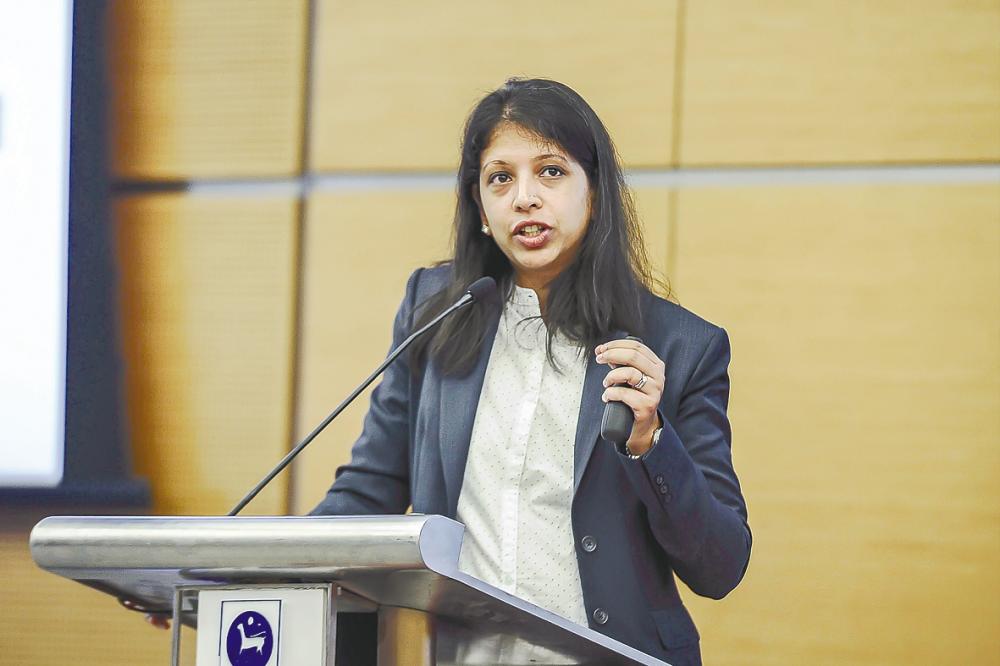KUALA LUMPUR: The programmes within the SME Masterplan 2012-2020 have shown some success so far, but more could be done, according to World Bank senior economist Smita Kuriakose.
Speaking to the media on the sidelines of the launch of “A Practitioner’s Guide to Innovation Policy” report, Smita said in terms of progress, it was much better compared to the master plan’s initial stages.
“SMEs now contribute close to one third of Malaysia’s gross domestic product (GDP), which is significant, but there’s more to be done.
“SMEs constitute more than 98% of the economy so they need to contribute a lot more. With Industry 4.0 with greater automation and digitisation, SMEs need to adopt more technology, link into global value chains and really integrate into the global landscape,” she said.
The SME Masterplan was launched to increase the participation of SMEs in the national economy, by increasing productivity and promoting inclusive growth.
The master plan comprises six high-impact programmes and 26 supporting initiatives, and is targeting a contribution of 41% to the GDP and 23% share of exports by 2020.
However, in 2018, SMEs’ share of the GDP stood at 38.3% and 17.3% share of total exports – an improvement over the 2010 figures of 32% and 16% respectively prior to the implementation of the master plan.
In terms of the success of the high-impact programmes, Smita noted those that did well were ones that functioned as platforms, and were able to be coordinated across various agencies.
“Some examples of this were public private partnerships (PPPs) and those that had a very robust monitoring and evaluation system. These are very critical factors for success,” Smita said.
She explained that for PPPs in particular, it is important to have an enabling environment facilitated by public policy but the implementation of various programmes should be left up to the private sector which has more experience.
Smita said in order for the master plan to show continued success, the factors that have shown to have worked well should be replicated.
“Things like a coordinating mechanism, having a buy-in from the National SME Council, and getting programmes implemented by the private sector are factors which we say should be replicated going forward in Malaysia,” she said.
In particular, Smita highlighted the PlaTCom Ventures programme, which aimed to remove market barriers to innovation by providing handholding to SMEs that have innovative ideas to proceed from proof of concept stage to commercialisation.
On the issue of innovation, Universiti Teknologi Malaysia Ocean Thermal Energy Centre director Datuk Bakar Jaafar said the top three priorities industries need to pay attention to in order to be more innovative are: enzyme technology to convert biomass to biofuel, harnessing ocean thermal energy for energy, food and water, as well as developing electrolysers to convert hydrogen to energy.













